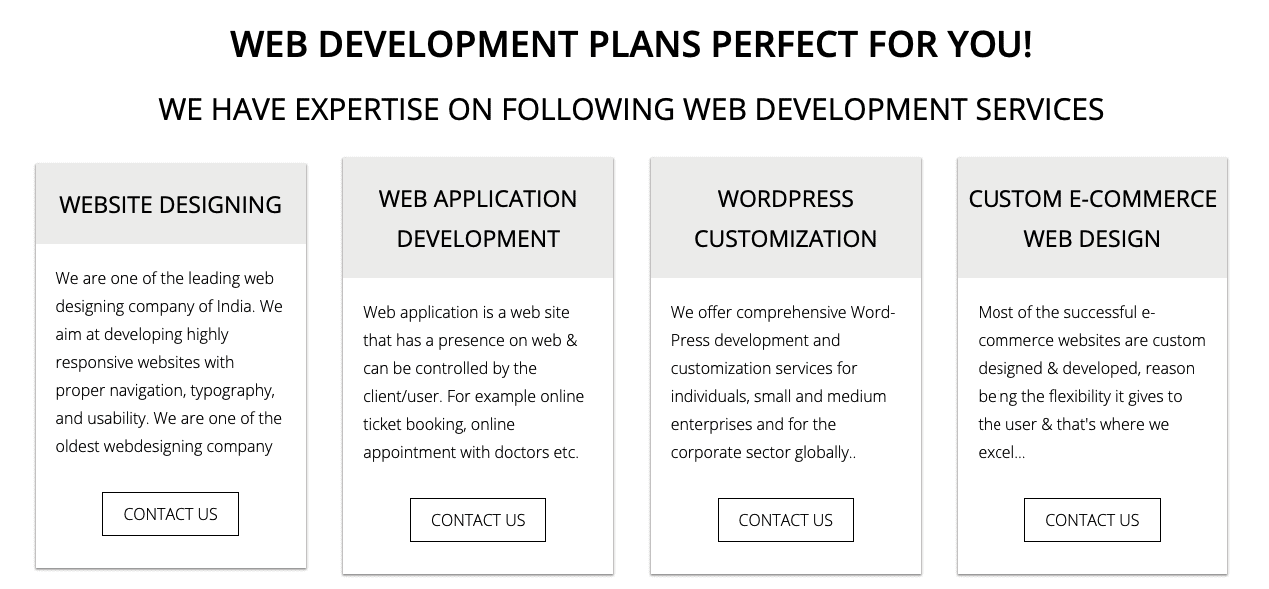Making significant changes to a website’s architecture or platform is a necessary part of growth and evolution, but these changes carry a considerable amount of risk. Whether transitioning to a new CMS, overhauling site structure, or migrating to another domain, a well-planned site migration ensures any disruptions are minimized while protecting search engine visibility, user experience, and functionality. By leveraging structured processes such as a Risk Matrix, a Dress Rehearsal, and a well-planned Rollback strategy, teams can transition smoothly with reduced uncertainty.
Understanding the Risks of Site Migration
Site migrations are complex undertakings involving SEO considerations, server infrastructure changes, backend development, frontend design, and overall branding coherence. Common risks include:
- Loss of keyword rankings and organic visibility
- Broken internal links leading to user frustration and crawl errors
- Decreased page speed due to misconfigured servers or bloated code
- Analytics misconfigurations causing loss of historical data
- Redirect errors weakening authority transfer from old to new URLs
These risks can have substantial impacts on traffic, revenue, and user trust. Proper risk planning and pre-migration testing are vital to ensuring a successful outcome.

Risk Matrix: The First Line of Defense
A Risk Matrix is an essential tool to identify, prioritize, and mitigate risks in a systematic way. It classifies risks based on their likelihood and impact, creating a visual framework that focuses efforts where they’re most needed.
Steps to Create a Risk Matrix for Site Migration
- Identify Risks: Collaborate with stakeholders across SEO, development, server ops, and marketing to compile potential risks.
- Assess Likelihood: Assign a probability score (e.g., Rare, Possible, Likely) for each risk occurring during or after the migration.
- Assess Impact: Rank consequences (e.g., Minor, Moderate, Severe) should the risk occur.
- Map on Matrix: Plot each risk on a 3×3 or 5×5 matrix to prioritize mitigation strategies.
- Assign Owners: Ensure each critical risk has a designated owner responsible for its management.
This proactive step encourages cross-functional alignment and provides visibility over technical, operational, and SEO challenges in the migration.
The Dress Rehearsal: Simulating the Migration
Before executing a site migration live, a full Dress Rehearsal is strongly recommended. Just as theatrical productions run practice shows to identify flaws, web teams benefit from rehearsing a migration in a controlled staging environment.
The dress rehearsal should simulate the full steps of the actual migration:
- Data export from the existing environment
- Full deployment onto the staging server with redirected URLs
- Testing of page load times, integrations, and tracking pixels
- Verification of 301 redirects and canonical URLs
- Internal stakeholder review and QA checklist validation
This test run identifies unseen issues such as redirect loops, missing assets, or broken scripts. It also provides clarity on the time required for the full migration—valuable for planning go-live windows.
Key benefits of a Dress Rehearsal include:
- Uncovering deployment bottlenecks
- Fine-tuning redirect scripts and server responses
- Collecting feedback from multiple departments
- Ensuring compliance with analytics, tagging, and data layers

SEO-Specific Considerations During Migration
SEO health is particularly vulnerable during site migrations. A single routing error or misconfigured robots.txt file can result in significant loss of rankings and traffic. As such, it’s critical to build a detailed SEO checklist into the dress rehearsal and live deployment strategy.
Important SEO steps include:
- Mapping old URLs to new destinations with permanent 301 redirects
- Preserving metadata like title tags, headings, and image alts
- Updating internal links to the new URL structure
- Re-submitting XML sitemaps post-launch via Google and Bing’s webmaster tools
- Monitoring crawl stats before and after migration to detect anomalies
Addressing SEO early reduces the likelihood of long-term penalties and ensures continuity in search equity across the newly launched site.
Rollback: A Safety Net When Things Go Wrong
Even the most well-planned migrations can encounter unforeseen issues. This makes it critical to prepare a Rollback strategy as part of your project plan. A rollback is the process of reverting to the previous, stable version of the site if the migration goes wrong.
Components of an Effective Rollback Plan
- Versioned Backups: Create complete server and database snapshots of the original site.
- Rollback Conditions: Define the thresholds for enacting a rollback (e.g., major 404 increase, loss of conversions, server instability).
- Communication Protocols: Designate who makes the final rollback decision and how that decision is cascaded across teams.
- Timelines: Identify how long a rollback would take and what the user experience would be in the interim.
- Testing Post-Rollback: If rollback is activated, verify every area of the restored site is functioning as expected.
Importantly, the rollback plan should be rehearsed or documented well in advance. A failed migration is stressful enough—there’s no time to figure out recovery tactics on the fly. Knowing you have a reliable plan increases confidence during execution.
Post-Migration: Monitoring and Iteration
Once the migration is complete, a thorough post-launch checklist should be followed to ensure performance remains stable and residual issues are caught quickly.
Post-migration activities include:
- Analyzing Google Search Console reports for crawl errors
- Comparing traffic and conversion trends pre- and post-migration
- Validating all canonical tags, hreflang annotations, and schema markup
- Using rank tracking software to monitor top-performing keywords
- Gathering feedback from customer support and live users
Time-based alerts, log tracking, and third-party monitoring tools are highly recommended for the first 72 hours after launch. Response teams should remain on-call in case immediate interventions are needed.
Conclusion
Site migrations are high-stakes operations that require meticulous planning and cross-functional alignment. By incorporating structured processes like a Risk Matrix, conducting a realistic Dress Rehearsal, and preparing a concrete Rollback strategy, organizations can confidently approach migration with minimal disruption and lasting success.
Remember, it’s not just about reaching the end-goal of a live new site—it’s about getting there without losing SEO equity, customer trust, or team momentum. Treat migration as a mission-critical operation, and it will reward you with a stronger, faster, and more resilient online presence.
